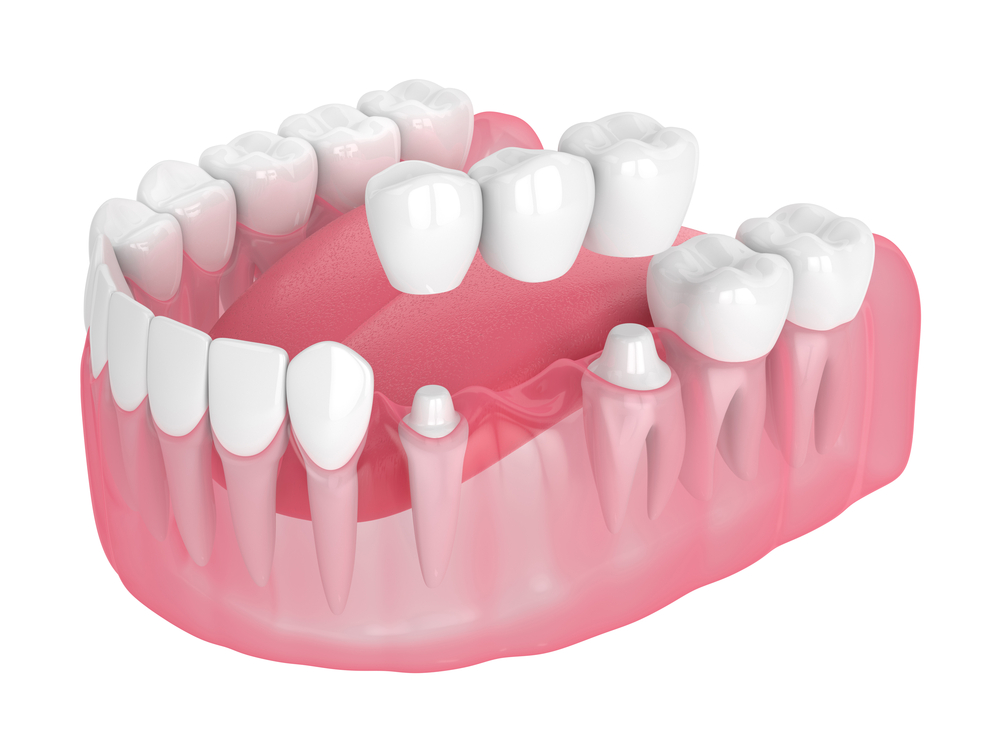How Dental Bridges Improve Oral Health Across Ages
A radiant smile is a timeless accessory, and its journey through life requires careful attention at every stage. Enter dental bridges, robust prosthetics designed to span the gaps left by missing teeth. This exploration unravels the importance of dental bridges in fostering oral health, addressing unique challenges faced by individuals from childhood to adulthood and into the golden years.

Dental Bridges: An Overview
Dental bridges stand as versatile solutions, bridging the voids created by missing teeth. These prosthetics come in various forms, including traditional bridges and advanced implant-supported options, serving as reliable anchors to restore not just smiles but overall oral health.
Dental Health Across Ages
Oral health challenges in childhood
Early tooth loss in children can impact speech development and proper nutrition. Pediatric dentistry recognizes the role of dental bridges in addressing these gaps, offering a supportive solution for the evolving oral needs of youngsters.
Oral health considerations in adulthood
Adults may experience tooth loss due to decay, trauma, or the natural aging process. Dental bridges become valuable allies in restoring complete and functional smiles, aiding in chewing, speech, and maintaining overall oral health.
Oral health challenges in the elderly
Age-related tooth loss can lead to consequences affecting not only oral health but also overall well-being. Dental bridges play a pivotal role in senior oral care by improving chewing ability, speech, and confidence, contributing to a healthier and more fulfilling life.
Advantages of Dental Bridges
Dental bridges offer a myriad of advantages beyond merely filling gaps:
Restoring functionality: Dental bridges enable proper chewing and speaking, preventing disruptions in daily activities.
Maintaining tooth alignment: By preventing adjacent teeth from shifting, bridges preserve the natural alignment of the remaining teeth.
Enhancing aesthetics: Beyond functionality, dental bridges contribute to an improved appearance, boosting confidence and restoring a seamless smile.
Types of Dental Bridges and Their Suitability
Traditional dental bridges
Ideal for replacing one or more adjacent teeth, traditional bridges involve tooth preparation, impressions, and the final placement of the customized restoration. This option suits various cases, providing a reliable and aesthetically pleasing solution.
Implant-supported bridges
Offering enhanced stability and longevity, implant-supported bridges anchor onto dental implants. This advanced option is particularly suitable for those seeking a durable and secure solution for multiple missing teeth.
The Process of Getting Dental Bridges
The journey to a restored smile involves several key steps:
Initial consultation and assessment
Your dentist evaluates your oral health, discusses your needs and preferences, and determines the most suitable type of dental bridge for your case.
Tooth preparation and impressions
For traditional bridges, the adjacent teeth are prepared to accommodate the bridge, and impressions are taken to create a customized restoration that seamlessly blends with your natural teeth.
Temporary bridges and final placement
Temporary bridges protect your prepared teeth while the final restoration is crafted. Once ready, the permanent bridge is placed, ensuring a comfortable fit and natural appearance.
Dental Bridge Maintenance Across Ages
Tailoring care to different life stages is crucial:
Pediatric dental bridge care
Children require special attention, emphasizing gentle oral care practices and regular check-ups to monitor the bridge’s integration into their growing smiles.
Adult dental bridge care
Oral hygiene practices, including regular brushing, flossing, and dental check-ups, form the foundation of adult dental bridge care. Maintaining overall oral health is key to the long-term success of the restoration.
Senior dental bridge care
Seniors may face unique challenges, and proper oral hygiene becomes increasingly important. Regular dental visits help address age-related concerns and ensure the continued functionality of dental bridges.
Explore comprehensive insights into dental bridges in our informative article, “What You Need to Know About Dental Bridges.” Discover the key aspects of this dental solution, from types to benefits, and enhance your understanding of how dental bridges can transform your smile and oral health.
Conclusion
As we conclude our journey through the ages, it’s evident that dental bridges play a vital role in promoting oral health and well-being. Delta Dentist, led by Dr. Sara Rouhani and our experienced dental team, is committed to guiding you through this transformative journey. Offering personalized care and the best dentistry available, we invite you to embark on a path to a healthier, more radiant smile.
Ready to Enhance Your Smile? Schedule a Consultation at Delta Dentist Today!
Secure a consultation with Delta Dentist today! Immerse yourself in the expertise of Dr. Sara Rouhani and the committed dental team. Engage in your care, receive a warm welcome, and access top-notch dentistry. Dial (604) 591-8848 to arrange a consultation and set the course for a journey to a healthier, more confident smile. Delta Dentist – Your ally in lifelong oral health.